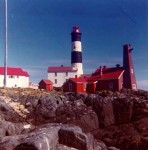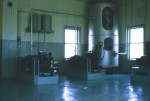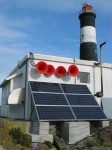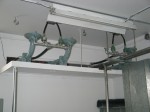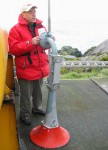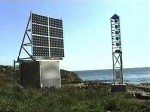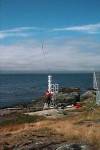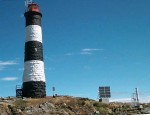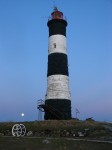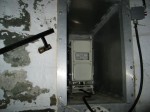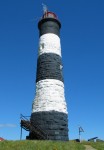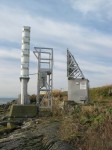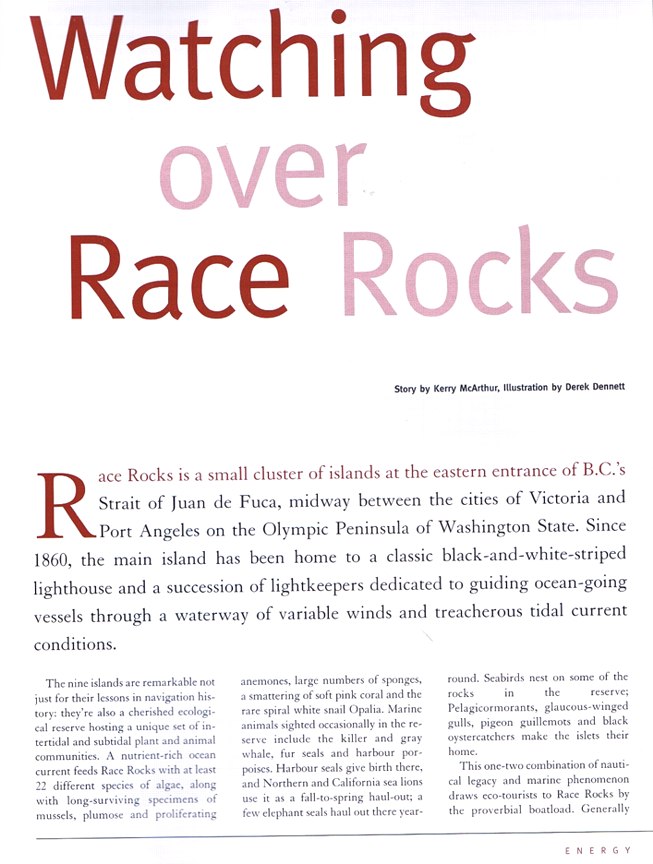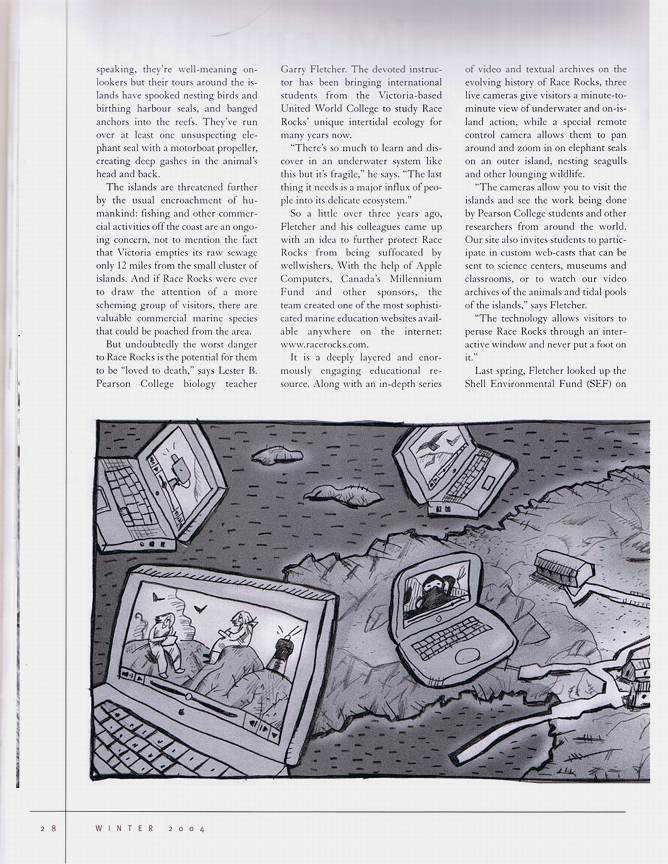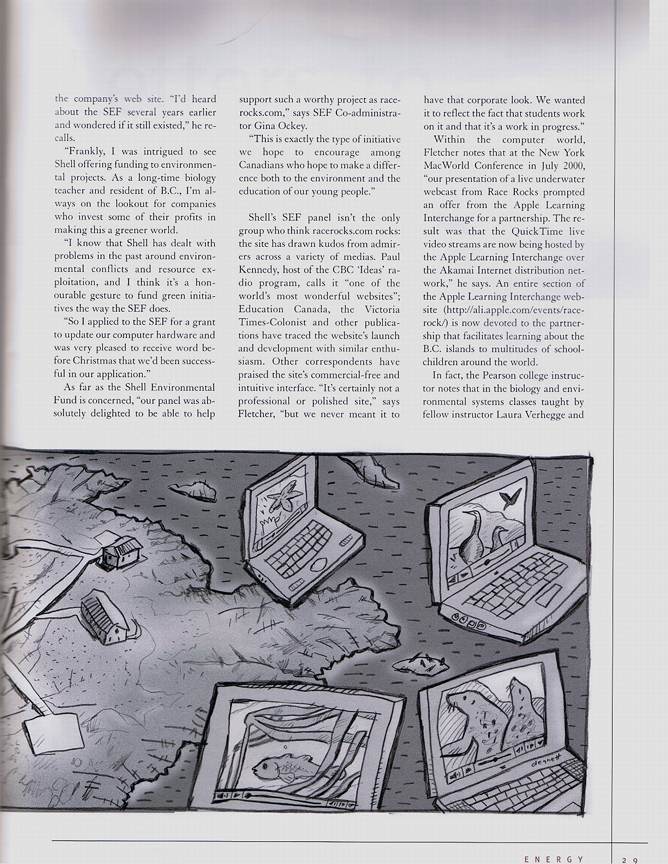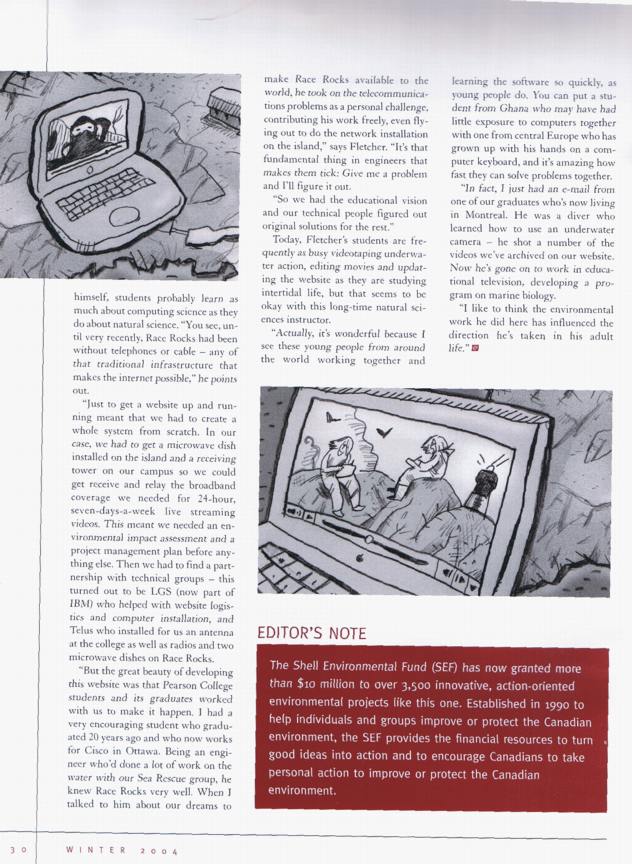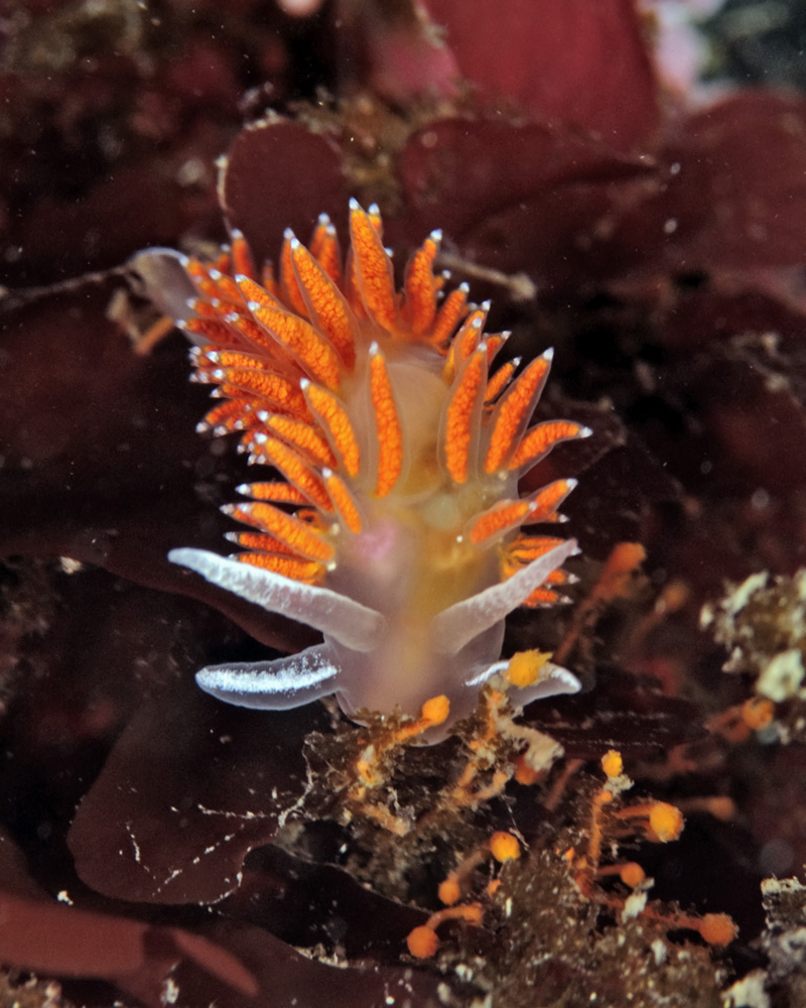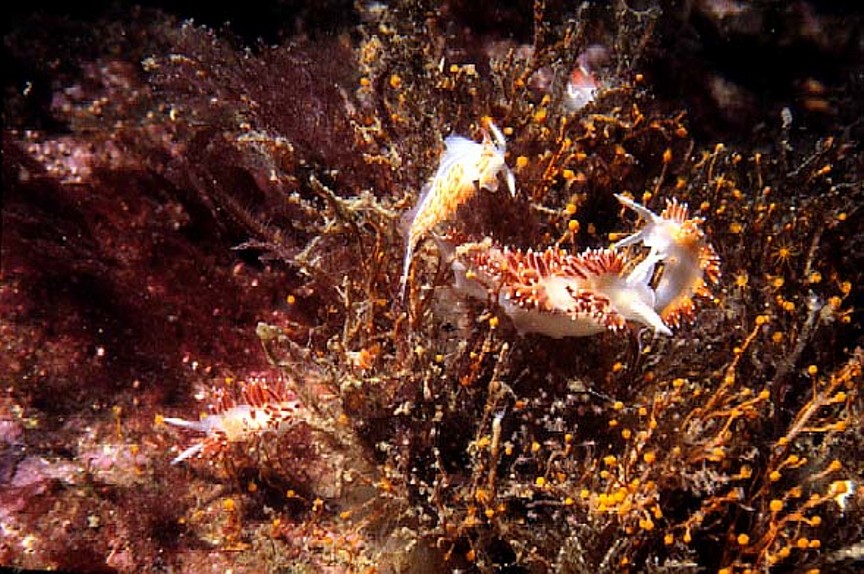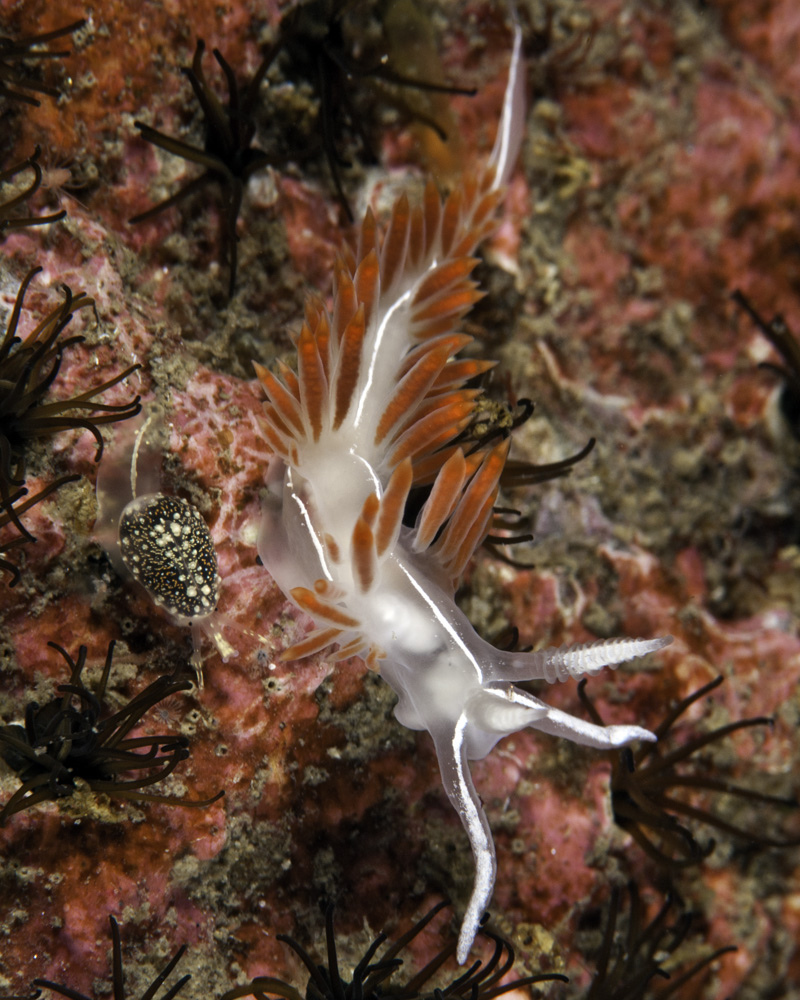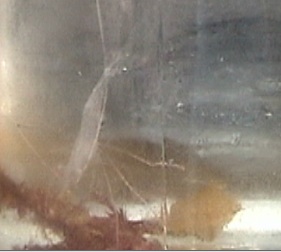Marine Protected Area –Area of Interest
The Pacific Region Marine Protected Areas Home Page.
The National Framework for Establishing and Managing Marine Protected Areas 1997
Marine Protected Areas: An Essential Element of the Fisheries Management Toolbox
François Côté,Jessica Finney Science and Technology Division. 24 April 2006
About Marine Protected Areas- CPAWS
Reflecting ecological criteria in laws supporting the Baja to Bering Sea marine protected areas network case study Charlotte Vásárhelyia and Vernon G. Thomas
Marine Protected areas in Canada- Implications for both conservation and fisheries management, C.S Jamieson and C.O.Levings 2001
Abstract: Legislated marine “protected” areas are now widely distributed throughout tropical and temperate waters, but the nature of human activities actually restricted in any area varies. This ambiguity about what “protected” means hasresulted in contradictory claims as to both the benefits and costs of marine protected areas. Here, we give our perspective on the current status of marine resource protection in Canada in general and British Columbia in particular. We first describe and discuss the history of Canadian marine protected areas established to date. Many areas are claimed to be protected, with little understanding by either the general public or even most marine resource experts as to what human activities are actually regulated by legislative designations. Second, we present an overview of biological reasons and objectives for marine protected areas, followed by a review of both the conservation and fisheries management effects and implications resulting from effective renewable resource protection. Finally, we propose a unique qualitative scheme for classifying and describing marine protected areas of different types to determine relative measures of protection.
Marine Protected Areas: An Essential Element of the Fisheries Management Toolbox
François Côté, Jessica Finney, Science and Technology Division 24 April 2006
“Introduction : The urgent need to improve protection and management of marine areas is becoming more and more apparent as the number and status of many important fish stocks continue to deteriorate. It has become evident that the vast majority of attempts to manage fisheries resources in a sustainable fashion have been unsuccessful, and resource managers are beginning to seek alternatives to traditional management strategies. Marine protected areas (MPAs) are viewed as important tools in reducing the risks associated with current fisheries management practices. MPAs are areas of ocean that are protected from various human activities.(1) Canada has taken initial steps to ensure that MPAs will complement existing measures to conserve and protect fisheries resources. In fact, the establishment of a national network of MPAs is one of the main components of the federal oceans management strategy outlined in Part II of the 1997 Oceans Act.(2) By all accounts, however, progress has been slow.This paper provides an overview of some of the background theory behind creating and managing effective MPAs, and looks at how these areas are being used as part of Canada’s oceans and fisheries management strategy. ” Can. J. Fish. Aquat. Sci. 58: 138–156 (2001)
Out of Sight, Out of Mind and Almost out of Time
Towards an effective System of Marine Protected Areas in BC A brief to the Sierra Club of BC by Scott Wallace and David R. Boyd April 2000 (PDF)
PISCO : The Science of Marine Reserves. (videos)Guidelines for Marine Protected Areas, ( IUCN: World Commission on Protected Areas, 1999) This file has a list and summary of the papers that evaluate the benefits of MPAs.
A link to Literature reviews by the SEADOC Society Developing a Collaborative Process to Establish Marine Protected Areas , Marc Pakenham
Fisheries and Oceans Canada In: Puget Sound Research ’01. Puget Sound Water Quality Action Team, Olympia, WA .XwaYeN (Race Rocks), as Canada’s first Ocean Act MPA, was recommended for designation based on a series of recommendations that were developed through a collaborative process. This process had a number of distinctive features and quite remarkable results. Was the process based on authority or interests? How do you bring a disparate spectrum of interests together to establish consensus-based recommendations for conservation and protection? As a case study, the XwaYeN experience offered many lessons and has encouraged a wide range of interests to describe their own process and vision for further MPA designations.
An evaluation of Government/Non-government Collaboration in Marine Protected Area Development. Jeff R.Juthans, UBC School of Resource Management
ARCHIVAL PAGES: Some no longer available on Government websites.An Approach to the Establishment and Management of Marine Protected Areas Under the Oceans Act: A Discussion Paper Jan 1997
Speaking notes: David Anderson at UBC Jan 20 1998 Sept 1. 1998 Statement by David Anderson on new Pilot MPAs
Statement by Herb Dhaliwal Minister of Fisheries and Oceans on MPA at Race Rocks announcing it as Canada’s First Protected Area. Sept 14
Dhaliwal and Sawiki Endorse Race Rocks as Canada’s First Marine Protected Area. Sept 14, 2000Marine Protected Areas : A Strategy for Canada’s Pacific Coast
DISCUSSION PAPER August 1998 A Joint Initiative of the Governments of Canada and British Columbia
Conservation of Marine Ecosystems ( CANADA) by the NRTEE) ,
Below is a quote from Chapter 9 of a report on Securing Canada’s Natural Capital.
“9.2 Key challenges
One of the most significant barriers to advancing marine conservation in Canada is the extent to which responsibility for protecting marine habitat is fragmented and spread among various agencies and jurisdictions. Within the federal government alone there are more than 35 pieces of legislation and at least 25 agencies concerned with marine management. In addition, although the federal government has primary jurisdiction over the oceans and the continental shelf, authority for some portions of the coastal zone is shared by the federal government with provinces and territories. This has resulted in confusion, duplication of effort and protracted delays in making decisions that affect ocean users.There is also a lack of coordination within the federal government. Although Fisheries and Oceans Canada has a mandate under the Oceans Act to coordinate the efforts of the three federal agencies that can establish MPAs—Fisheries and Oceans Canada, Parks Canada and Environment Canada—there is no comprehensive federal approach to MPAs. Fisheries and Oceans Canada has taken a “learning by doing” approach to Oceans Act MPAs, by identifying a series of pilot Oceans Act MPA sites on Canada’s coasts. Parks Canada has developed a systems plan based on 29 marine regions but has not identified specific sites for all of them, and Environment Canada has yet to identify the sites that would complete its marine system of national and marine wildlife areas. The lack of a coordinated national plan for MPAs has led to uncertainty among resource users that in some cases has translated into fear and diminished support for conservation initiatives.
A third major challenge is our limited knowledge of the oceans compared with what is known about the land. For example, decision makers have extremely limited knowledge about the seabed and the habitat it provides for key species. In essence, we do not know enough about the underwater topography of important marine habitats to manage them effectively. Much of the bottom of Canada’s oceans is mapped at only a very rough scale and, even though ecosystem management requires an understanding of marine food webs, many of the links between marine species are not well understood. ” end of quote.
BILL C-10: AN ACT RESPECTING THE NATIONAL MARINE CONSERVATION AREAS OF CANADA Canada National Marine Conservation Areas Act The Bill received Royal Assent on June 13, 2002 — exactly 4 yrs and 2 days after it was first tabled in the House of Commons. It is now an Act of Parliament .
OCEANS LEGISLATION IN CANADA Report: Marine Reserves Key to Preserving Ocean Ecosystems (01/14/2003)
In his report prepared for the Pew Oceans Commission, Dr. Stephen Palumbi of Stanford University finds that fully protected marine reserves are an effective tool for restoring and maintaining coastal and marine habitats.
Marine Reserves: A Tool for Ecosystem Management and Conservation describes how intensive loss of coastal habitat, pollution, commercial fishing, recreational fishing, and tourism can degrade marine ecosystems, and presents a crucial role for marine reserves in ocean management.
Marine Sanctuaries USA NOAA The Gulf of Maine Marine Protected Areas Project About Marine Protected Areas -Canadian Parks And Wilderness Society
Marine Protected Areas and Marine Reserves- USMarine Protected Areas in Australia
Marine Protected Areas in the US Working to Set up Marine Protected Areas. WWF International News and Analysis of Marine Protected Areas
International News and Analysis of Marine Protected Areas
 From the early 1980’s until January, 1997, fog or heavy rain impeding visibility in the eastern entrance of the Strait of Juan de Fuca would trigger three double tones per minute from the four trumpet shaped Airchime horns mounted on the South side of the engine room at Race Rocks.
From the early 1980’s until January, 1997, fog or heavy rain impeding visibility in the eastern entrance of the Strait of Juan de Fuca would trigger three double tones per minute from the four trumpet shaped Airchime horns mounted on the South side of the engine room at Race Rocks.

